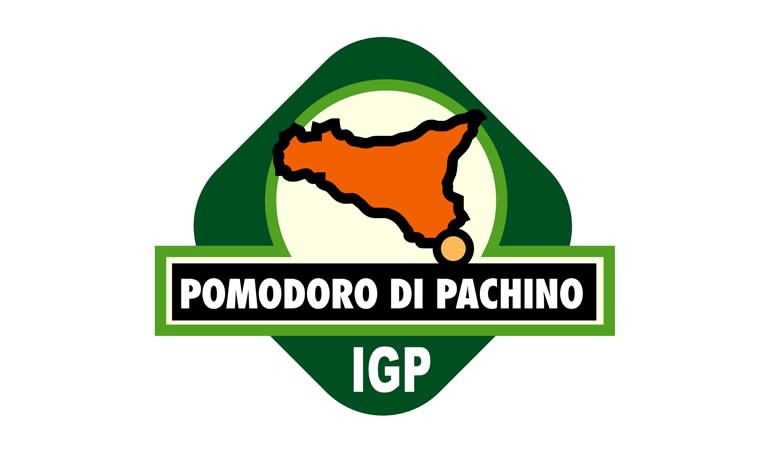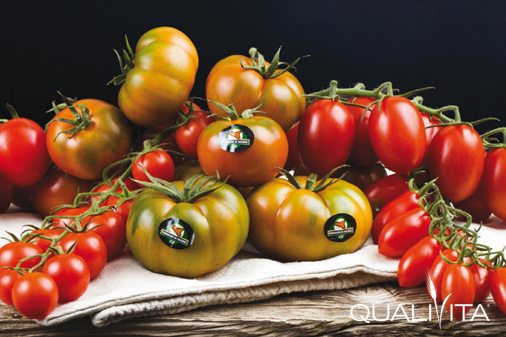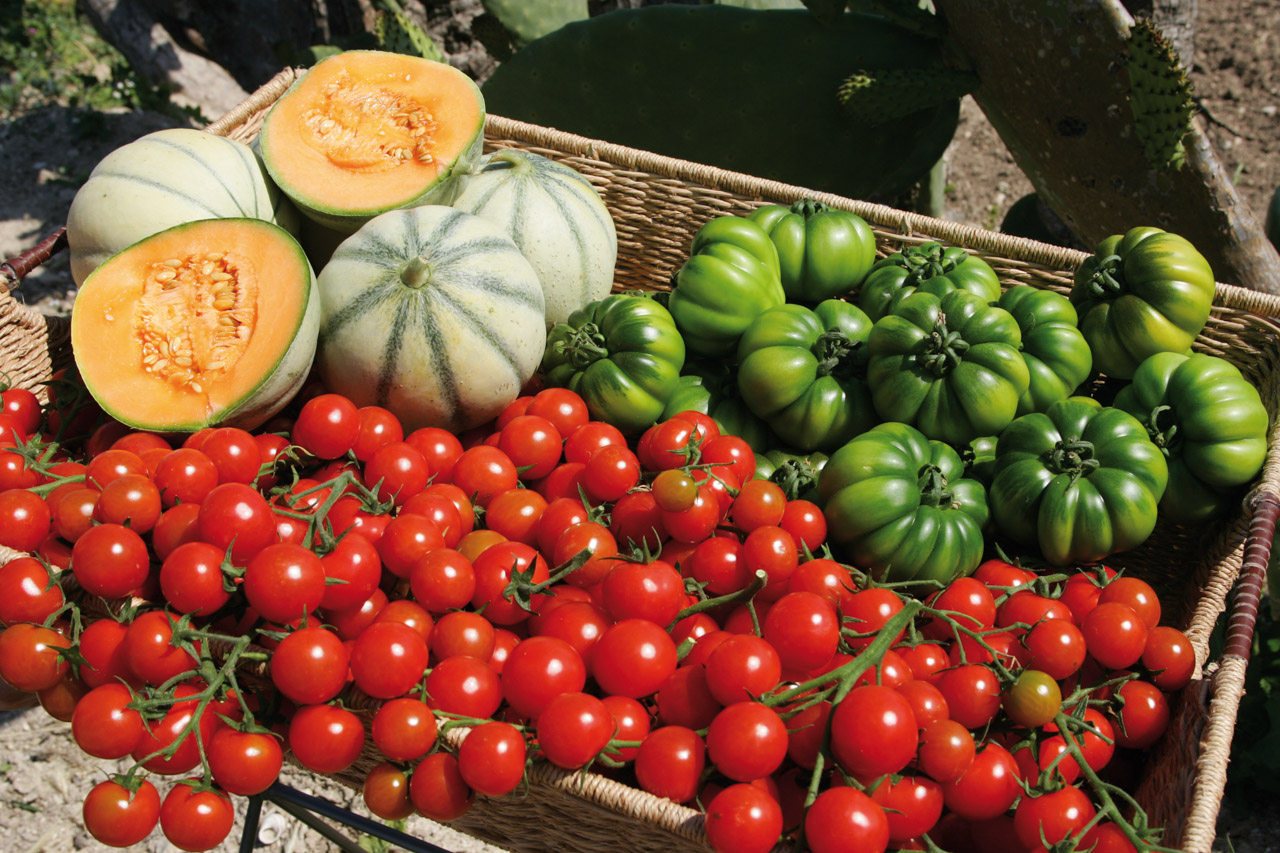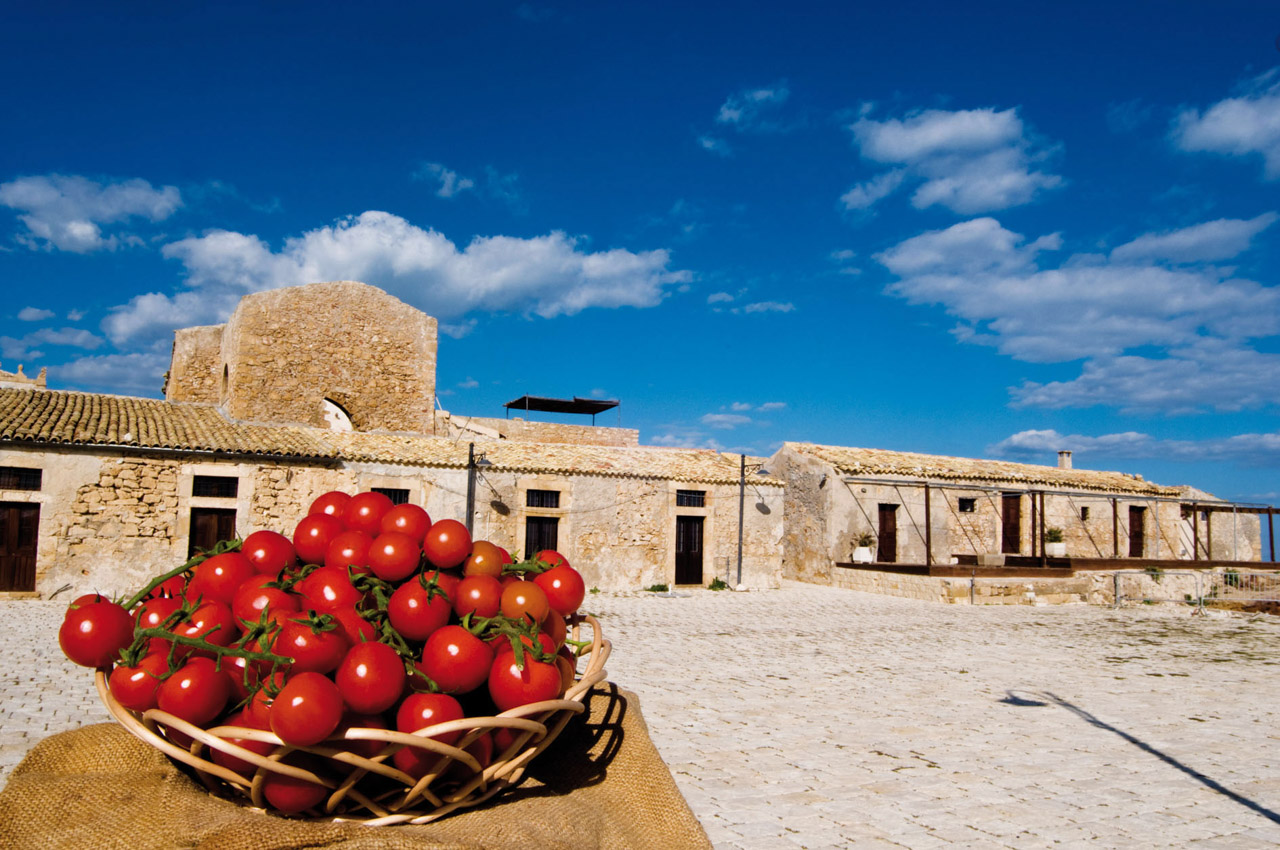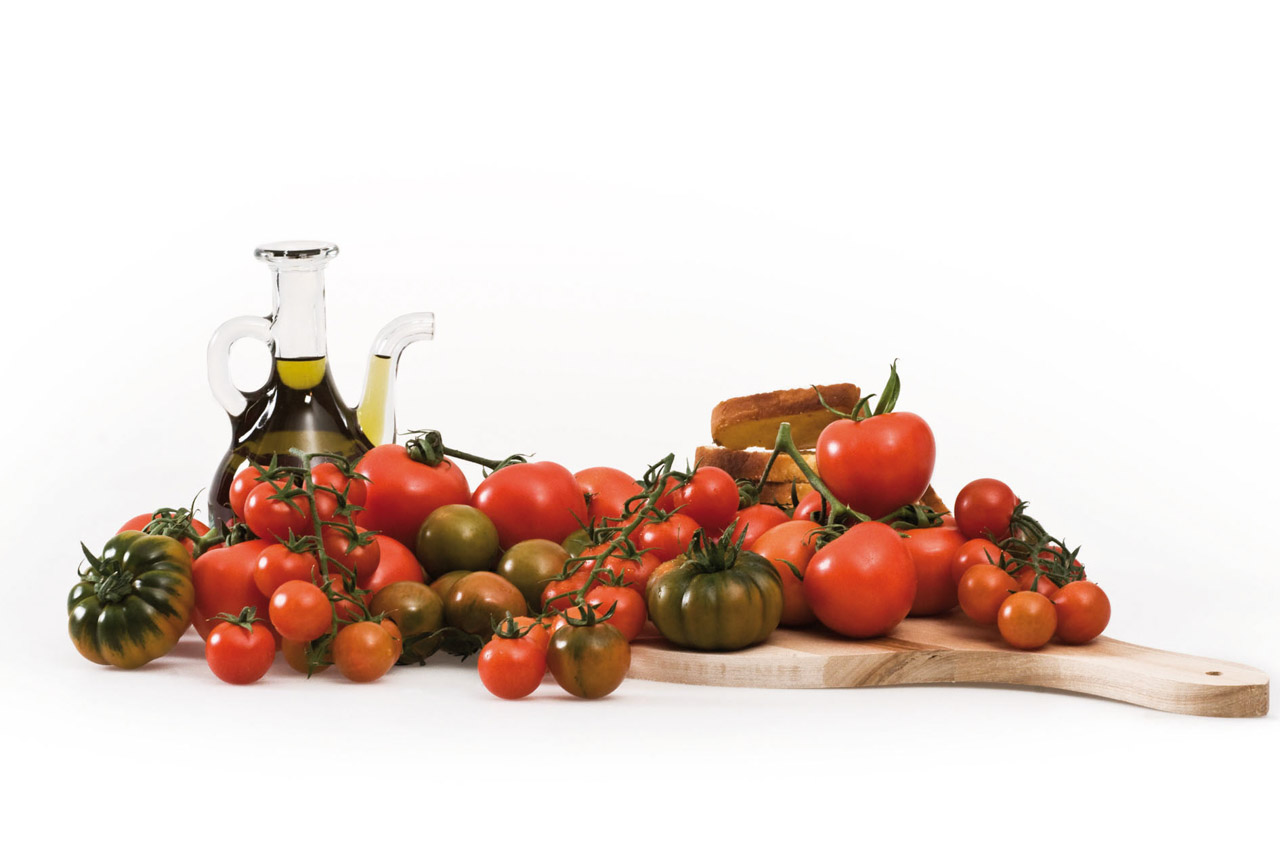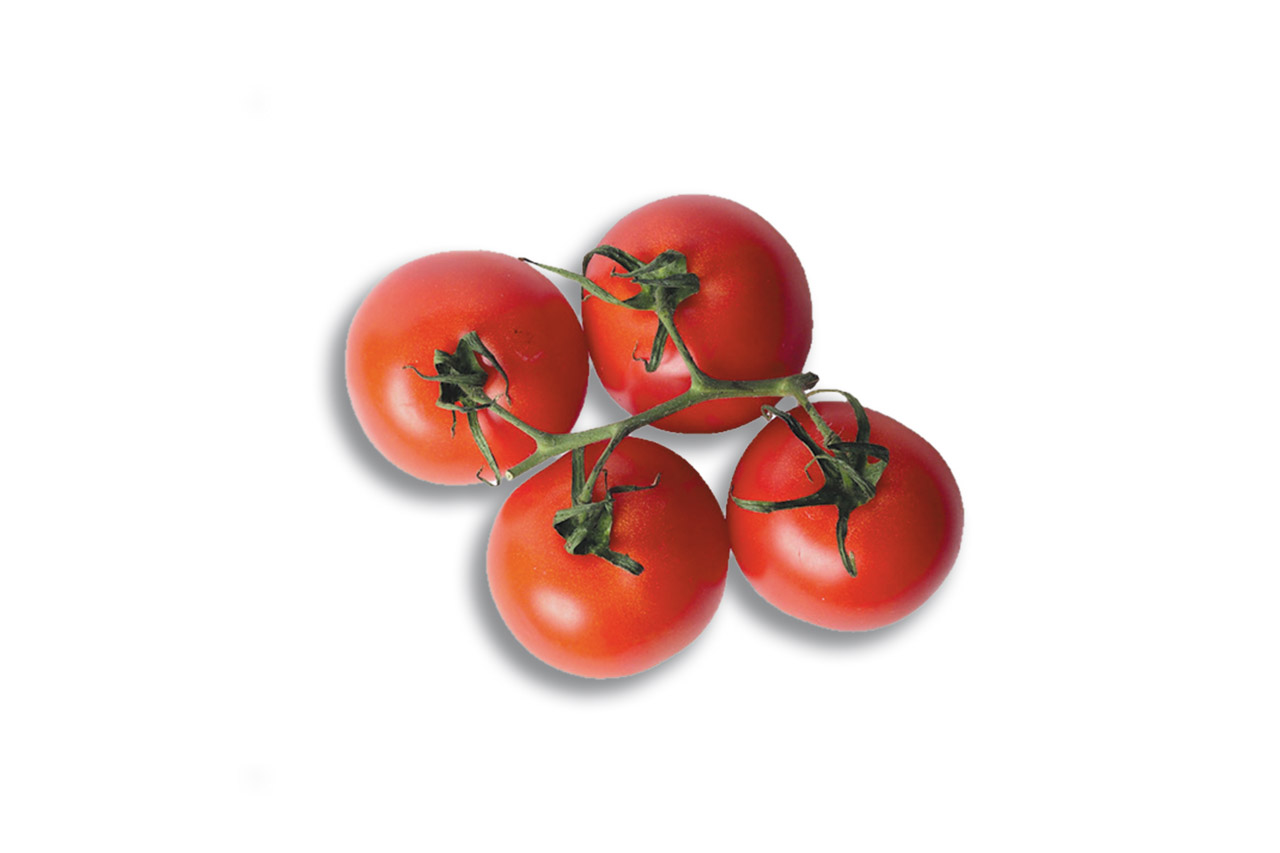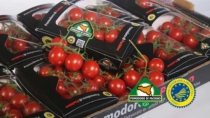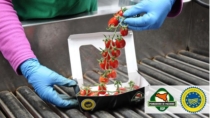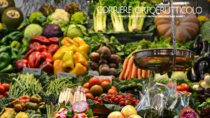Description
Pomodoro di Pachino PGI is a vegetable belonging to the species Lycopersicum esclulentum Mill, in four varieties: Smooth (in bunches or individually), Ribbed, Plum and Mini-Plum, Cherry (or Ciliegino).
Production Area
The production area of Pomodoro di Pachino PGI is within the municipalities of Pachino, Portopalo di Capo Passero, Noto and Ispica, in the provinces of Siracusa and Ragusa, in the Sicily region.
Production Method
The tomatoes are grown in a protected environment, in greenhouses and/or covered tunnels. In summer, the crops can be protected with insect proof nets. Transplanting is carried out between August and February, with the exception of the Cherry, Plum and Mini-Plum varieties, which can be transplanted year-round. The vertical training method is used; green pruning and, when necessary, topping are carried out. Irrigation is carried out with groundwater taken from wells in the production area. The tomatoes are harvested by hand, usually every 3-4 days.
Appearance and Flavour
The smooth variety of Pomodoro di Pachino PGI in bunches is made up of round, bright red berries, while the individual fruit are green to dark green in colour; it is has a very strong flavour. The ribbed variety is large with a dark, intense bright green colour. The pulp is firm and has a high sugar content. The Plum and Mini-Plum variety is distinguished by its variable elongated shape and particularly sweet taste and flavour. The Cherry tomato is characterised by its cherry-like fruit and fish-bone bunches; the fruit are small, round and very bright red.
History
The first crops of Pomodoro di Pachino PGI date back to 1925 and were situated along the coast, on farms which were able to acquire irrigation water from groundwater wells. Cultivation was limited at the time, due to the wide spread viticulture. Tomato cultivation only began to take off in the 1950s, gradually increasing over the years to arrive at today’s diffusion, which was mainly due to the arrival of the first greenhouses and the crisis that affected viticulture in these areas during the 1970s. This led to the establishment of the first associations which started to sell the product on national and international markets.
Gastronomy
One of the characteristics of Pomodoro di Pachino PGI is its shelf life, which is longer than that of other tomato varieties. The best way to enjoy its typical sweetish flavour is to eat it in its natural state. It can be used both raw and cooked to season, enhance and decorate Mediterranean dishes. When fresh, it is an ideal ingredient for mixed salads and cold pasta, and for flavouring minestrone soups and pasta dishes. It is also a perfect pizza topping. Ancient Sicilian traditions include drying tomatoes and preserving them in extra virgin olive oil. In this way they can be used for starters, flans, pâté and served with boiled meats, as well as for sandwich fillings.
Marketing
The product is marketed as Pomodoro di Pachino PGI, in the following varieties: Smooth (in a bunch or individually), Ribbed, Plum and Mini-Plum, and Cherry (or Ciliegino). The latter is available year-round and the ribbed tomato from December to May, while the smooth variety is only unavailable during the summer months. The smooth variety is packed in polythene trays of 300 and 500 g, at times 1 kg. The ribbed tomato is sold in cardboard or plastic boxes with a net weight of no more than 10 kg: it can have a sticker attached and be sold loose, and in some cases it is also found in 300 and 500 g trays. The cherry tomato is sold in trays weighing 250 and 500 g, or 1 kg.
Distinctive Features
Pomodoro di Pachino PGI owes its distinctive organoleptic properties, such as its sweet flavour, solid pulp and bright colour, to the pedoclimatic conditions of the production area, which is characterised by high temperatures, extensive global solar radiation, soil texture, and quality irrigation water.



